In America, children generally do not grow up with Tove Jansson’s Moomins as part of their childhood. Why is this? In other parts of the world, the Moomins are well-known and loved. There have been several animated television series made in countries as different as Japan, Sweden, and even the Soviet Union. There’s an amusement park in Finland. There are picture books, chapter books, and a comic strip. And there’s every imaginable product, as I learned a few weeks ago at Helsinki airport’s Moomin Store.
Karin and I talked about this last night, and here are a few thoughts why people (of any nationality) should read the books, and perhaps why they have not caught on as well in the States as they have in other countries. Following that, a few basic facts about the series and their creator.
1) Fun and philosophical. Like A. A. Milne and E.H. Shepherd’s Winnie the Pooh books, Jansson’s Moomin books feature visually appealing characters with a gently philosophical turn of mind. Generally speaking, the Moomins look like a cross between Winnie-the-Pooh and a hippo (but a cuddly one). They grapple with such questions as whether mother still loves us, finding one’s home and family in the face of natural disaster, how we mourn the dead, and whether there will be enough jam for the pancakes. And, as the last item on my list indicates, Jansson tackles big ideas with a light touch. The books are warm, funny, and generous of heart.
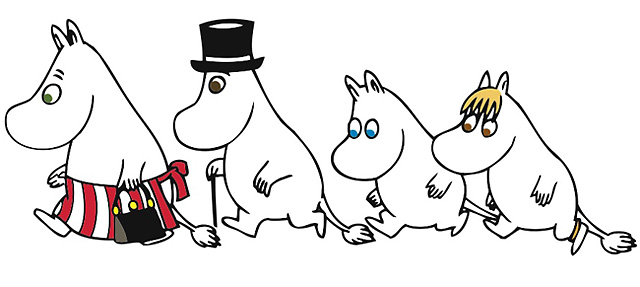
2) The books are about community. They’re about more than just the Moomin family; they’re about others who live in (or just happen to be passing through) Moominvalley. There are the members of the gently bohemian Moomin family: Moominmamma, Moominpappa, Moomintroll. There’s the Snork Maiden, Moomintroll’s on-again/off-again girlfriend; her brother, the Snork; Snufkin, traveler, troubadour, and Moomintroll’s best friend; Little My, a strong-willed, mischievous, independent Mymble; and Sniff, a capitalist version of Piglet, and friend of Moomintroll’s. There are also Thingumy and Bob, small creatures who speak in Spoonerisms; the Niblings, hungry creatures who enjoy educational games; and many more. Moomin fans will fault me for neglecting the Hemulens, Fillyjonk, Too-Ticky, the Hattifattners, the Groke, and so on. But the point here is that the Moomins are the glue that hold the community together.
3) The Moomins want to live life on their own terms – though not at the expense of others. They’re individuals, but not selfish. Community is important, but so is pursuing one’s own dreams. On a related note, I also love the fact that they hibernate during the long, cold Scandinavian winters – a fact which motivates the plot for Moominland Midwinter (1958). One winter, Moomintroll wakes up, and decides that he wants to experience the season.
4) Where to start? If you haven’t read the Moomin stories, you need to. But where do you begin? In English translation, there are 9 chapter books, 3 picture books, and 6 volumes (and counting) of the Moomin comic strip. I recommend starting with Finn Family Moomintroll (first published in the US as The Happy Moomins, 1952) or Moominsummer Madness (1955). Though not the first two books in the series, they offer the strongest introduction. Purists may want to start with Comet in Moominland (1951) or even The Moomins and the Great Flood, the very first book (though the last translated into English, probably because it omits most major characters). As an alternate choice, Drawn & Quarterly’s beautiful collections of the Moomin comic strip offer a great introduction. The strip can be a bit more topical and more surreal, but it also provides more of Jansson’s art, which is always a pleasure.
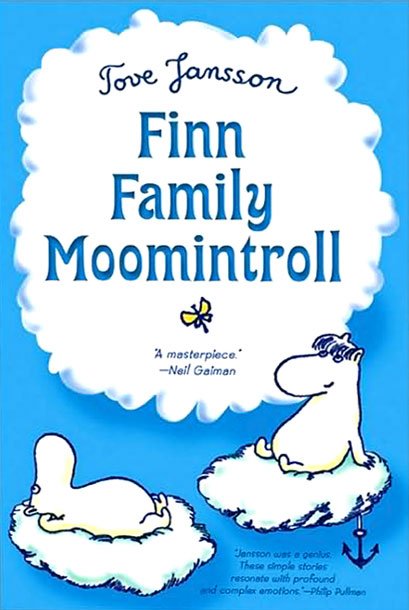 |
5) Wait. What are all the books, again?
The chapter books:
- The Moomins and the Great Flood (English translation, 2005). Translation of Småtrollen och den stora översvämningen (1945).
- Comet in Moominland (1951). Translation of Kometjakten (1946).
- Finn Family Moomintroll (1952). Translation of Trollkarlens hatt (1948).
- Moominsummer Madness (1955). Translation of Farlig Midsommar (1954).
- Moominland Midwinter (1958). Translation of Trollvinter (1957).
- Moominpappa’s Memoirs (1969). Translation of Muminpappans memoarer (1968), itself a revision of Muminpappans Bravader Skrivna av Honom Själv (1950), which first appeared in English as The Exploits of Moominpappa (1966). In order of initial publication, this ought to go earlier, I know. I put it here because it offers a history of the parents’ generation, and that’s more meaningful if you already know the stories of the younger generation (Moomintroll et al).
- Tales from Moominvalley (1963). Translation of Det osynliga barnet (1962). Short stories.
- Moominpappa at Sea (1966). Translation of Pappan och havet (1965). A book about loneliness and displacement, in which the usually reliable Moominmamma begins to come unraveled.
- Moominvalley in November (1971). Translation of Sent i november (1971). A Moomin book without Moomins: the other characters arrive at the Moomins’ house and figure out how to cope without them.
These last two Moomin chapter books are darker, more existential. I would not recommend starting with these.
There are actually five, but only three have been translated into English.
- The Book About Moomin, Mymble and Little My. I recommend the new translation by Sophie Hannah (2009). First published as Hur gick det sen? (1952), which actually means What happens next? The most visually & technically innovative of Jansson’s picture books.
- Who Will Comfort Toffle? Sophie Hannah’s translation (2003) is again great. First published as Vem ska trösta knyttet (1960).
- The Dangerous Journey. Another fine translation by Sophie Hannah (2010). First published as Den farliga resan (1977).
The comics: Drawn & Quarterly have been republishing these, which were started by Tove and later taken over by her brother Lars. (By volume 6, it’s all Lars.)
6) What language were they published in, originally?
Though Tove Jansson (1914-2001) was Finnish, she was part of that nation’s Swedish-speaking minority. She wrote the books in Swedish. The books have been published in all major languages.
7) What are “Moomins” called in Finnish?
Muumi.
8) And in Swedish?
Mumintroll.
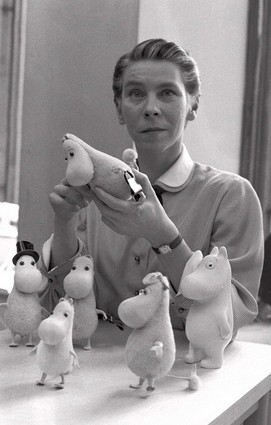 9) How do you pronounce Tove Jansson?
9) How do you pronounce Tove Jansson?
“Toe-vuh Yon-sun,” with the accent on the first syllable in each word. For many years, I pronounced her first name as if it rhymed with “stove,” and her surname as if the “J” were hard. Then, I heard her niece, Sophia Jansson – who, as readers of Tove Jansson’s The Summer Book know, was very close to her aunt – talk about the Moomins and Tove. And I realized how wrong I was. So, to say it correctly, think Swedish and say “Toe-vuh Yon-sun.”
10) Where can I learn more?
Commercial:
- Moomin.com. The official website.
- Finn Style’s Moomin Collectibles. Shop.
- Moominworld Online. Another shop.
- Moomin World. The theme park. Site is in Finnish, and it assaults you with music (so, you might want to hit “mute” before clicking).
Reference:
- Wikipedia’s Tove Jansson page, and Moomin page.
- The Moomin Trove: Collecting Tove Jansson and the Moomins. Great images of different editions, in many languages.
- Moomin Mania. One collector’s ongoing quest to acquire all things Moomin.
Publishers:
- Drawn & Quarterly’s Enfant imprint: the comics & some picture books.
- Macmillan: US publisher for the novels.
- New York Review of Books: U.S. publisher of The Summer Book and True Deceiver.
- Penguin Books: UK publisher for the novels.

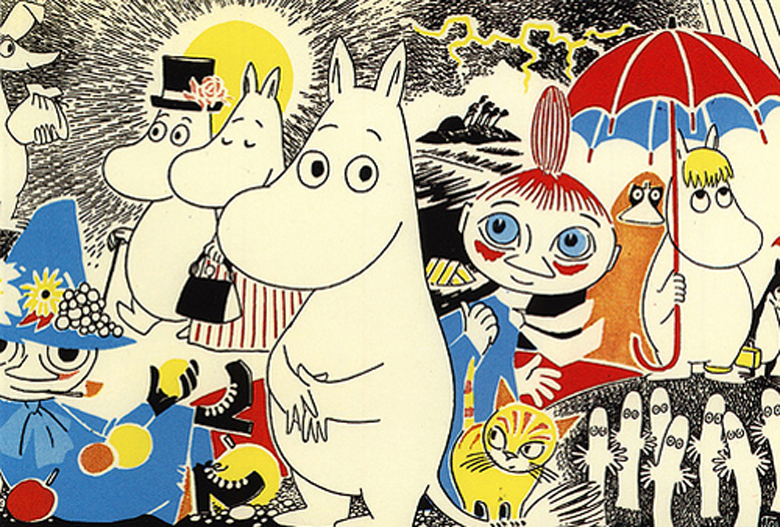
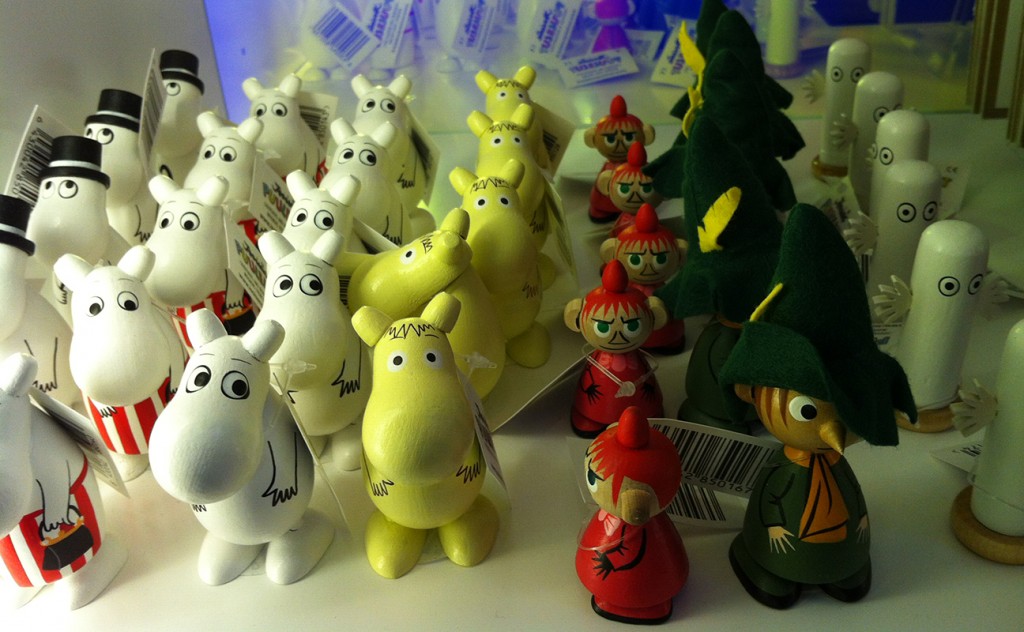
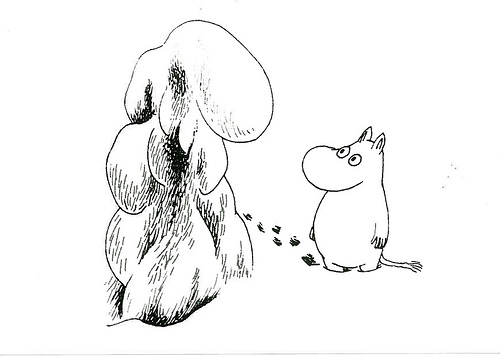
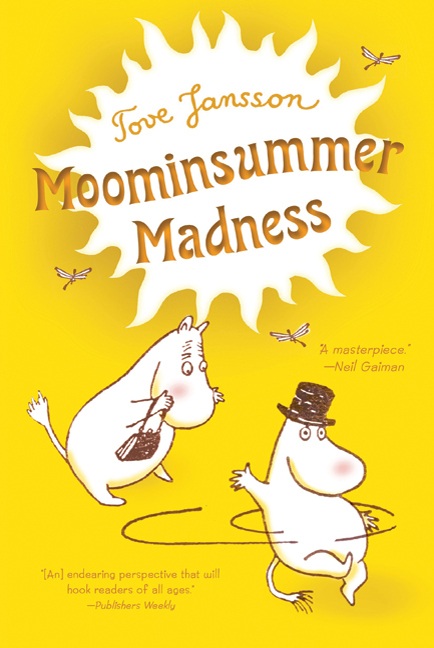
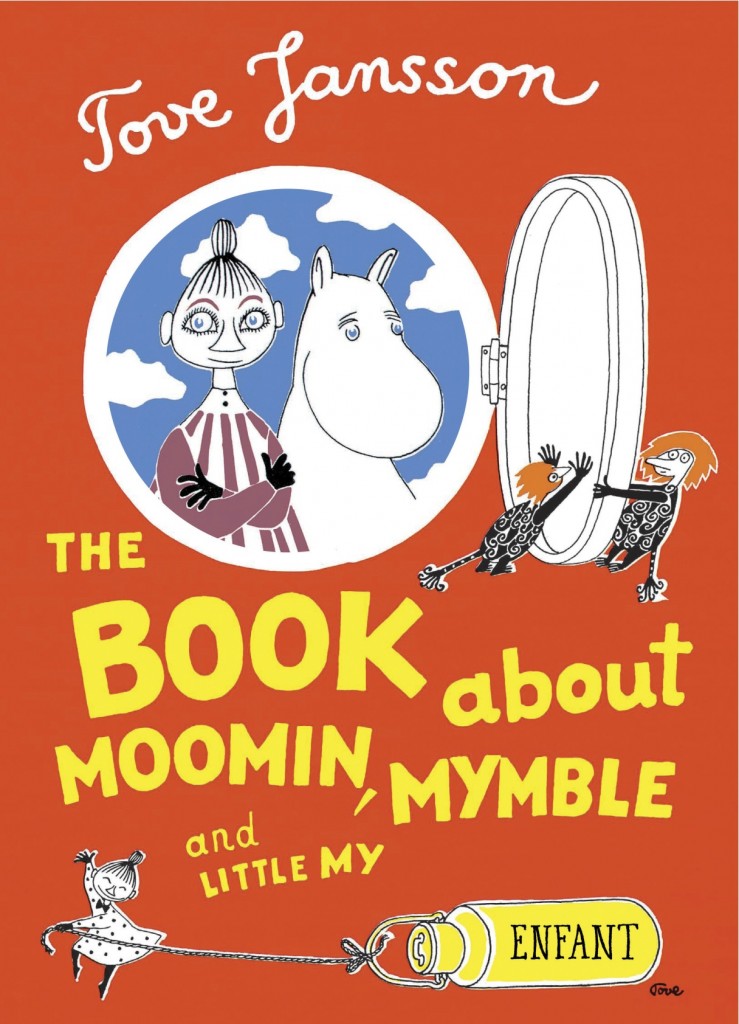
Mike Ford
Philip Nel
Mike Ford
Philip Nel
Julie Rowan-Zoch
Catherine Keyte
Pingback: The Moomins might be coming to America « VINCENT X. KIRSCH
Jenni Sjolund
Pingback: Random Bullets: It’s Almost Vacation Time! | True Stories Backward
Pingback: On Inspirations and My Upcoming Class… | got story countdown
anka what
Lidia
/ Lamees Tayyib